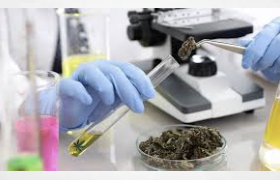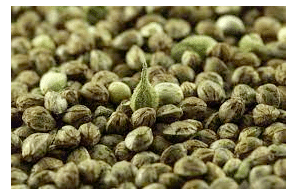Plants come in a wide variety of shapes and sizes, and seeds come in a wide variety of shapes and sizes as well. These are the last major works of plant evolution, because all the genetic information that will make them germinate into trees, shrubs, palms, herbs, cacti, succulents, and so on is concentrated in little structures. That is, assuming they have not been eaten previously, as some are edible, such as sunflower seeds, grains, or lentils, among others. The most fascinating aspect of approaching this world is that it will help you to gain a better understanding of how many different sorts of seeds there are and which plants generate them.
Seeds are an important component of plants; not in vain, the genetic material for a future generation is stored in them. However, they are useful in agriculture and horticulture since they are far less expensive than seedlings and may be used to produce a large number of units that, if viable, would germinate. We can grow a larger number of plants for less money this way.
- Seedlings
Called baby seeds likely their name already tells you what they are, but if you’re not sure, tell them they’re a type of seed that’s been treated to keep the plant small after it germinates. Furthermore, the seeds are great for eating since they are simple to chew, soft, and sweet, and they have the same nutritional value as pure seeds, if not more.
- Creole seeds
They are those that are naturally occurring and have not been genetically modified, at least not artificially. This means that they are those that the plants produced naturally after their blooms were pollinated and were later collected. These are all members of the same pure species; they aren’t hybrid crosses. For instance, if poppy is crossed with another, the seeds will be pure. Obtaining these seeds, in my opinion, is the greatest option because we will have the assurance that the plants we obtain will adapt to the conditions in our location without difficulty.
- Edible seeds
As the name implies, are seeds that are good for human food and are thus planted for that reason. Sunflower seeds, rice, and lentils were discussed previously, but there are many other edible seeds: pistachios, walnuts, corn, oats, sesame, pumpkin, chia. Although some seeds, such as wheat or corn, might trigger allergic reactions in sensitive persons, we are talking about seeds in general that, when ingested on a regular basis, help to enhance our diet and health. Many of them are high in protein, vitamins like B and E, and minerals like calcium.
- Flower seeds
There are many different types of flower seeds: some, like those of the dandelion, are so small and light that they can easily be carried by the wind; others, like those of rose bushes, are larger and rely on animals or, in some cases, water to get away from the mother plant.Color, size, and shape differ widely amongst species. That is why you must carefully select the seedbed in which they will be planted so that they do not run out of room.
- Fruit seeds
Its qualities, like those of fruits, vary greatly: cherry tree leaves are brownish, rounded, and around one centimeter in diameter; fig tree leaves are blackish, elongated, and less than 0.5 centimeters in diameter. The bulk of the time, the plants that produce them are cultivated in orchards, although some species, such as those in the genus Citrus, are suitable to growing in pots (citrus fruits).
- Vegetable seeds
Vegetables are plants that are grown specifically for human consumption. Vegetables and legumes such as lettuce, celery, bell pepper, carrot, and others are examples. Because they all require continual humidity and, in some cases, heat to germinate, the best time to sow them is in the spring. To make the most of the season, sowing in a sheltered seedbed or using an electric germinator are now viable options.
- Hybrid Seeds
Hybrid seeds have been created by crossing two separate species or pure types. These plants have traits from both parents, although they usually have one or more improved traits. As a result, they can be more resistant, produce more fruits and/or have more or fewer seeds, be more resistant to pests or diseases, grow faster, or have a larger or smaller mature size.
Therefore these are the different types of seeds which can be grown easily at home or any open area.

















